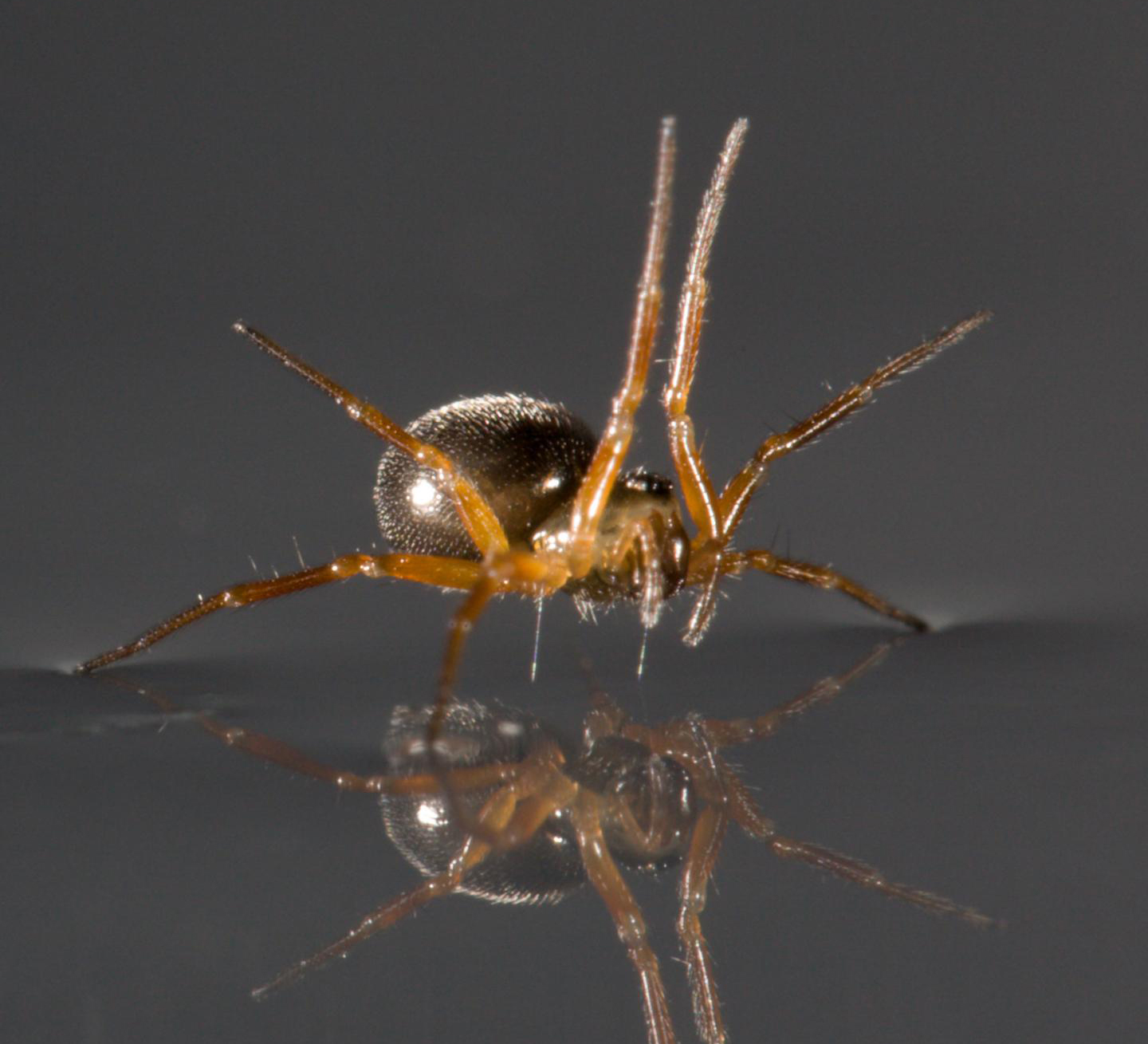Hate spiders all you want, there’s no river wide enough to keep them away. Turns out, nature’s crafty little web builders are also master sailors, using their legs to catch the wind and their silk to anchor their bodies on water.
That’s according to a new study published in BMC Evolutionary Biology, which helps explain how spiders migrate across vast distances and quickly colonise new areas. While scientists hadn’t realised that spiders can sail, it’s well known that many species disperse by ‘ballooning’ — using their silk to catch the wind and lift themselves into the air. Under good wind conditions, a ballooning spider can travel up to 30km a day but it’s a fairly high-risk mode of locomotion. Imagine if every time you wanted to travel somewhere, you were forced to catch a gust of wind.
“Even Darwin took note of flying spiders that kept dropping on the Beagle miles away from the sea shore,” lead study author Morito Hayashi of London’s Natural History Museum said in a statement. “But given that spiders are terrestrial, and that they do not have control over where they will travel when ballooning, how could evolution allow such risky behaviour to be maintained?”
The researchers suspected ballooning wasn’t the entire story. To learn what happens when a spider lands on water, they collected 325 spiders from 21 species living on small islands in nature reserves around the UK. In the lab, the spiders were placed on trays of water, and the researchers used air pumps to mimic gusts of wind.
All of the spiders were able to stand on water thanks to their highly water-repellent legs. And out of 325, 201 exhibited some form of “sailing,” many sticking their legs out in elaborate postures to catch the wind.
“We’ve now found that spiders actively adopt postures that allow them to use the wind direction to control their journey on water,” Hayashi said. “They even drop silk and stop on the water surface when they want. This ability compensates for the risks of landing on water after the uncontrolled spider flights.”
Spider silk appears to act as a dragline, allowing water-stranded spiders to grab onto floating objects and make their way safely to shore. Spiders that balloon, the researchers learned, are also the best sailors, suggesting that the two behaviours evolved in tandem.
With air and water posing little obstacle, it’s not hard to image how these critters could quickly colonise the world. And like it or not, that’s exactly what spiders have done.

Read the full scientific paper here.
